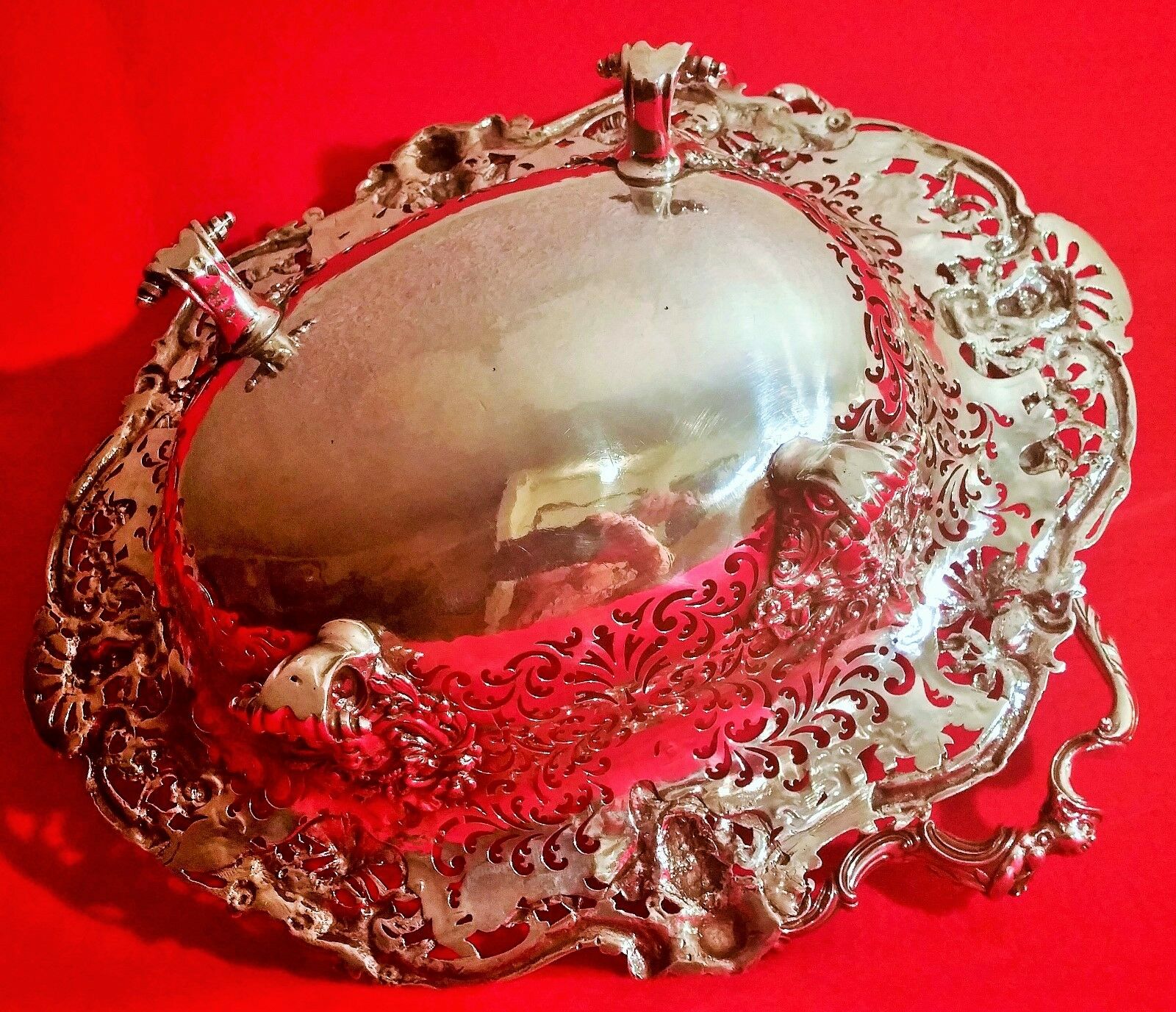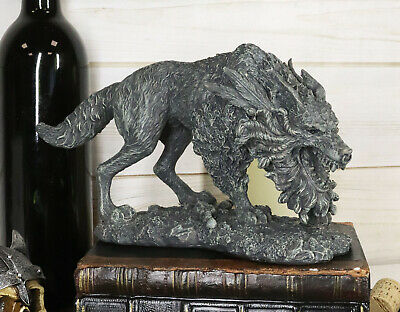-40%
THE BREADALBANE BASKET taymouth castle scotland vtg london sterling silver bowl
$ 1848000
- Description
- Size Guide
Description
Colin Campbell of Carwhin (1704-1772)HOUSE OF HANOVER ~ HOUSE OF GLENURCHY
BUCKINGHAM PALACE ~ TAYMOUTH CASTLE
THE BREADALBANE BASKET
John Campbell, 4th Earl and 1st Marquess of Breadalbane (1762-1834)
Paul de Lamerie (1688-1751) ~ William Cripps (1715-1766)
A "
cake basket" was the largest and most prestigious piece of an 18th century table setting. It was a
conversation piece
and, as such, this
bug-adorned
basket does not disappoint! Offered here is Taymouth Castle's Cake Basket.
King William IV and John Campbell IV were friends and
William crowned John, "1st Marquess of Breadalbane" on the very same day He himself was crowned King of England! William and John's 1831 coronations, and this basket's engraving, coincide with the lavish 1830s reconstructions of Buckingham Palace and Taymouth Castle that turned them
into the grandiose structures we see today.
In 1842 Queen Victoria visited Taymouth Castle where she declared the interior décor
"the wealthiest in the World".
She
s
pecifically praised John's
Marquess-of-Breadalbane-coronet-engraved-sterling
and fondly recalls being served a batch of freshly baked oat cakes! We can only surmise: The Queen of England ate from this basket!
The basket was custom-designed for a Scottish Highlander. The metalwork highlights what we believe to be the endemic
Spotted Scotch Burnet Moth
and the
Northern Damselfly.
The Campbell's were a military family of pipers and one can imagine bagpipes replacing the
over-the-shoulder garland
held by the side-figures supporting the handle. Those figures are reminiscent of piper, John Campbell, 3rd Earl of Breadalbane, as pictured in a famous 1708 painting by Charles Jervas. Note the curly locks of hair, rounded face, knotted neck kerchief, tight tailored jacket and the cut & length of his open-split kilt.
The massive handle is capped by a cold blowing wind as found in Olaus Magnus'
History of the Northern P
eople (1555).
Wealth and prosperity are represented by the abundant
display of flora, fauna and grain. Scottish oat cakes were the main food source for the Clan Campbell armies. We believe the stocks of rounded-grain on this basket are oats so this isn't just any "cake basket", it's a Scottish Oatmeal Cake Basket, paying homage to Scotland's mighty military. The basket's a
rtwork is open to interpretation and we could well-be reading to much into it but the 1555 cold north wind, spotted Scottish moth & snow dwelling dragonfly leave little doubt that the basket was indeed created for a Highlander (Breadalbane is Gaelic for "Highlands").
It's our understanding that the face-adorned feet and the wide-outer-oval-rim of the basket (the bugs, fairies etc) are from molds created by Paul de Lamerie (d. 1751).
The basket measures about 16" across and weighs just under five pounds (72.91 troy oz.). It's constructed of
cast, raised, molded, pierced and engraved sterling.
The London and sterling hallmarks are worn but discernable and confirm it was crafted between the years of 1756 and 1820. But as laid out below, it pre-dates 1760.
The outline of the exact year hallmark is visible but unreadable and it has no makers mark.
The hallmarks are on the underside and in smooth areas, almost certainly identifying it as George II (d. 1760). Pieces after 1760 are most often marked on the handle or hidden within the top decorations. This basket was hand-pierced (1730-1759). Hand-piercing was skillful work and ended in 1760. The area to be pierced was first drilled with a hole, then a wire saw was threaded through the hole to cut out the desired shape. According to the V&A this tedious hand-cut method (as seen in the photo above) ended abruptly in 1760 with the invention of the fly-press.
The Victoria & Albert Museum has this very same bug-adorned basket on permanent public display in room 65, case 4.
Long believed to be the only example in existence, the V&A basket is cataloged "UNIQUE". Their basket was crafted by William Cripps in 1744. And another basket has since been discovered in New York City. It was crafted in 1750.
So, there are three identical baskets, one dated 1744 (V&A), the 2nd, 1750 (NYC) and this 3rd, 1758 (BREADALBANE BASKET).
UPDATE on July 2019: the V&A has been very helpful with the research of this basket and they have recently updated the description of their basket. The coat of arms on their basket has not yet been identified but they believe it is "probably of Hamelyn". It is important to note that o
ur Scottish interpretations of our basket's decorations are incorrect if the two earlier baskets (V&A & NYC) do not also have Scottish connections.
Without dispute, our basket was crafted between the years of 1756 and 1760. When looking back in history to that time period, the most logical date of creation is
1758
(by William Cripps) as a
wedding gift to Colin & Elizabeth Campbell of Carwhin (John's parents) and from King George II (it's London made).
,500,000.00 US (.5mil.)
Our price reflects what less important, much newer Taymouth Castle sterling has brought at the major auction houses: 0,000.00+, i.e. the Gavin era
Breadalbane Vase (1894)
and
Breadalbane Casket (1894)
(both are held by The National Museum of Scotland). This
Breadalbane Basket (1758)
had been serving nobility at the Balloch/Taymouth Castle for nearly 140yrs by the time those 189os Gavin pieces were created. This basket is now 262yrs old (over a quarter of a millennium!). It pre-dates the current 1806 Taymouth Castle by almost half a century and has likely fed four King's and the Queen of England!
Taymouth Castle in 1831, the year Buckingham Palace crowned John, 1st Marquess of Breadalbane.
We estimate the cost of the 5lb basket to have been the annual salary of an average 18th century worker, by today's standards, ,000.00. It was a gift from someone of great wealth. Colin, John, John and Gavin were the landowners of nearly half-a-million acres. Themselves monarchs (House of Glenurchy), they were also the military protectors, advisers and closest friends to Britain's royal family: George, George, George, William and Victoria (House of Hanover). Crafted circa 1758, it would not be unreasonable to believe this London-made basket was, in fact, a gift from King George II.
And be sure to visit our eBay store where we are currently offering a nice selection of other hugely important and historically significant pieces of Art. The most-prized possession of the last reigning monarch of
The Kingdom of Hawai'i,
an artifact from
The White House
and Porcellian Club (the birthplace of Facebook), the first man to the moon's 1st appearance in Space, an authentic
Witch coven's serving charger
and an 1885 New York City "Sitting Bull"
Cigar Store Indian
are but a few of our most interesting pieces.
We ship Worldwide and can boast that our clientele now includes two U.S. Presidents, a Prime Minister and other Heads of State, Middle Eastern & European monarchs, museums, movie stars, billionaire software & oil tycoons and the World's leading interior decorators & designers. The best way to view our store is by
'highest prices first'.
Whatever you're looking for you'll find it on eBay. Shop eBay!




















